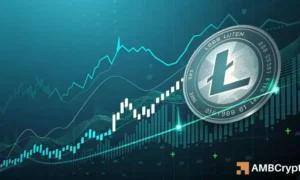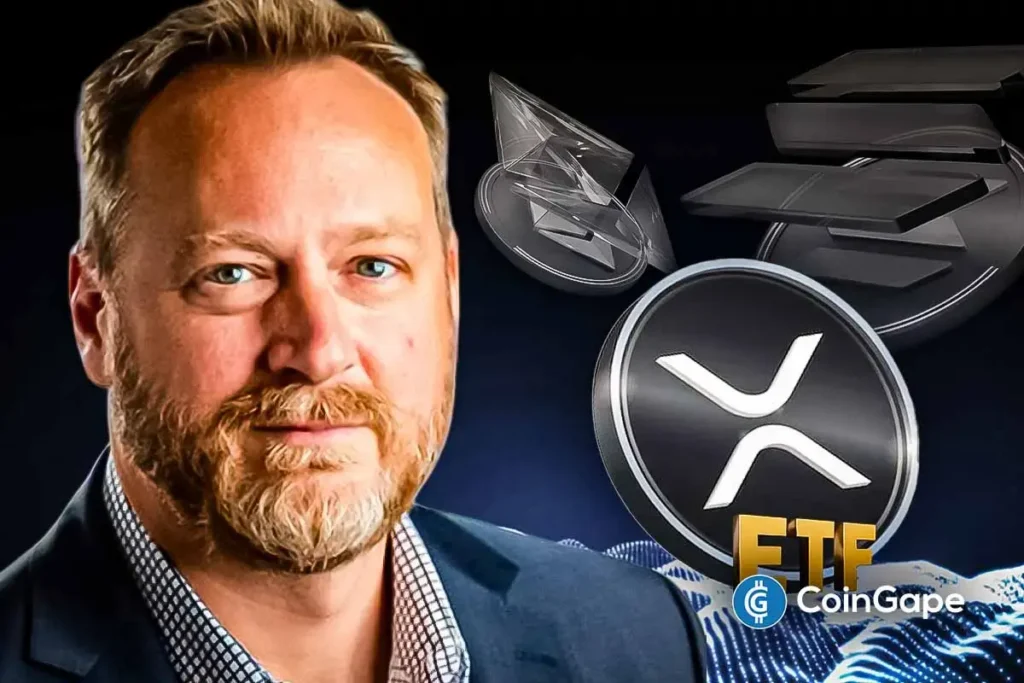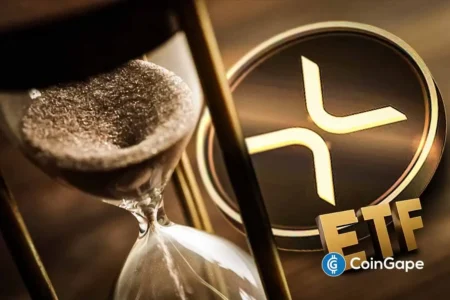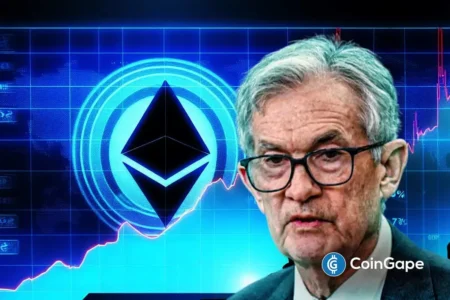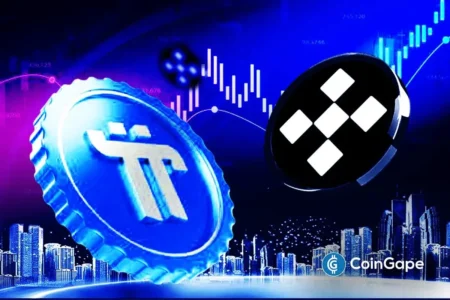Will XRP ETFs Outperform ETH ETFs? Insights from Canary Capital CEO Steven McClurg
In the rapidly evolving landscape of cryptocurrencies, new financial products continually emerge, and Exchange-Traded Funds (ETFs) are at the forefront. Recently, Steven McClurg, CEO of Canary Capital, expressed his belief that XRP ETFs might outshine their Ethereum (ETH) counterparts upon launch. This affirmation comes in the wake of the U.S. Securities and Exchange Commission (SEC) confirming the end of the XRP lawsuit, a pivotal moment clearing the way for investors to engage confidently in the XRP market.
The Factors Favoring XRP ETFs
McClurg’s projections are built on three foundational pillars: yield structure, market positioning, and community strength. Firstly, he argues that Ethereum’s staking feature could hinder the performance of ETH ETFs. Currently, ETH holders enjoy yields of about 2–3% through staking. This incentivizes many crypto investors to retain direct exposure to ETH, potentially detracting from the attractiveness of an ETH ETF. Conversely, XRP does not offer staking rewards, suggesting that ETF investors would not miss out on yield opportunities if they choose XRP, thus making it a more appealing option in a fund structure.
Moreover, McClurg emphasizes XRP’s dominance in the blockchain sector tailored for financial services, citing its significant role in cross-border payments, remittances, and institutional settlements. Comparatively, XRP’s leadership in this niche mirrors Bitcoin’s established position as a store of value, reinforcing the rationale behind its strong market positioning.
The Community Advantage
Another crucial aspect of McClurg’s outlook is the dynamic and passionate XRP community. He believes that this strong communal backing could translate into substantial inflows for an XRP ETF. The potential for widespread retail and institutional interest is significant. Remarkably, McClurg projects that an XRP ETF could see $5 billion in inflows within its first month, a figure that could potentially eclipse early performance metrics of ETH ETFs. This optimistic outlook is further fueled by speculation surrounding a possible BlackRock XRP ETF filing, which could ramp up institutional interest considerably.
Technical Considerations for XRP ETFs
McClurg, whose firm is actively working towards launching an XRP ETF, sheds light on the technical requirements for such financial instruments. He notes that a reliable pricing mechanism is essential for ETFs to effectively track their underlying assets. While many existing ETFs utilize benchmarks from the Chicago Mercantile Exchange (CME), Canary Capital has opted for indices from another platform, aiming to provide deeper coverage of crypto-native markets. This choice underscores the importance of robust pricing structures, which are crucial for investors looking to optimize their returns.
Resolution of the SEC Lawsuit
A pivotal moment for XRP investors and the broader cryptocurrency market occurred when the SEC formally concluded its appeal against Ripple, effectively putting an end to one of the industry’s most significant legal battles. SEC Commissioner Hester Peirce’s public acknowledgment of the development reinforces the finality of this lawsuit’s resolution. After nearly five years of litigation, the SEC’s decision paves the way for Ripple and XRP to progress without the burdens of regulatory uncertainties that had long clouded their operations.
This resolution allows Ripple to cultivate a clearer regulatory framework going forward, nurturing innovation in the blockchain space and potentially enhancing market confidence. Legal expert Bill Morgan’s confirmation of the lawsuit’s end serves to further alleviate community skepticism, leaving little room for doubt about the future of XRP.
The Path Forward for XRP and ETFs
With the backdrop of the SEC lawsuit now behind it, XRP appears poised to capture market attention, especially with the expected launch of its ETF products. Investors are eager to participate in what could be a game-changing financial vehicle that may significantly alter the dynamics of crypto investing. Given that ETFs traditionally lower the barriers to entry for retail investors, the launch of XRP ETFs might attract a fresh wave of investment interest, not only from individual investors but also from institutional players seeking exposure to cryptocurrency.
Investors should remain vigilant and conduct thorough research before diving into potential ETF products, as the landscape is ever-changing. It’s vital for market participants to take advantage of the analytical insights provided by leading experts in the field.
Conclusion
As the cryptocurrency market continues to evolve, the potential for XRP ETFs to outperform ETH ETFs underscores an exciting shift in investment dynamics. Steven McClurg’s insights highlight the factors contributing to this forecast, including yield structures, market positioning, and community support. With the resolution of SEC regulatory issues, XRP can look ahead to a promising future marked by potential ETF launches that may redefine its market presence. Investors keen on accessing these new financial products should stay informed and ready to adapt to a landscape that promises both opportunity and challenge in equal measure.


